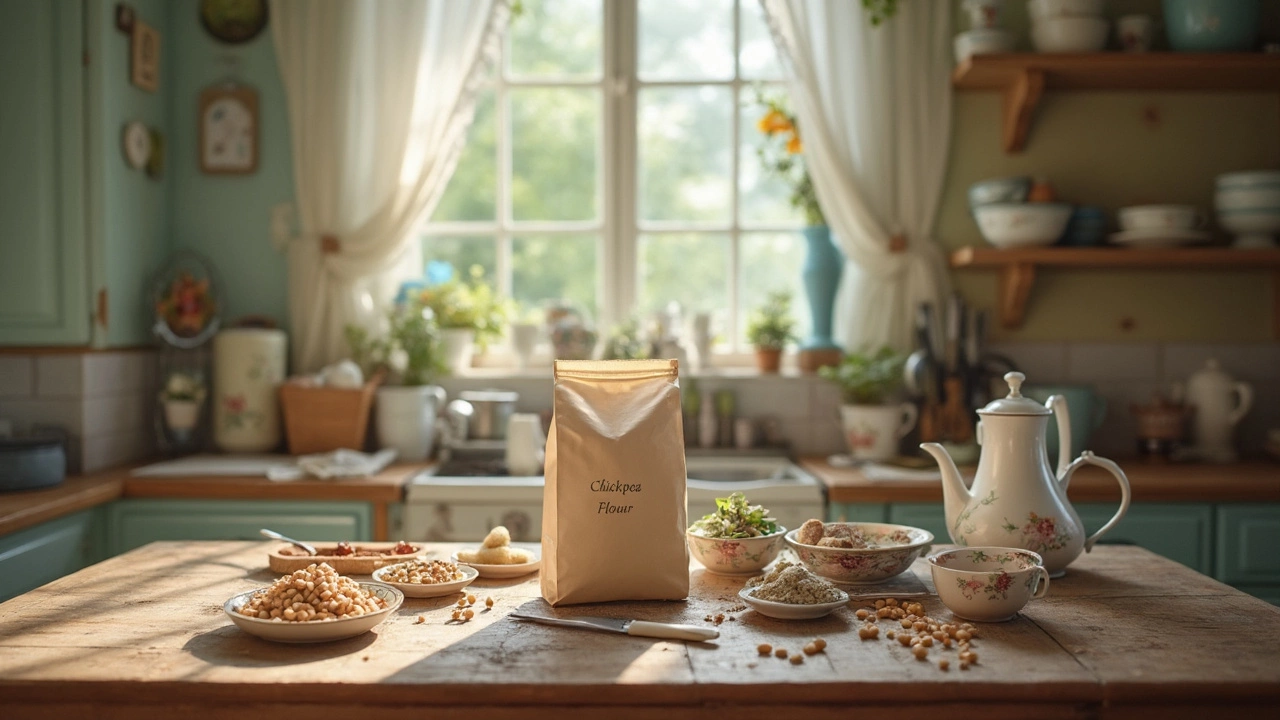
Chickpeas—these little round legumes—are often a source of curiosity for those dabbling in gluten-free cooking. Here's a quick rundown: yes, they are gluten-free. That's a win for anyone looking to avoid gluten due to celiac disease or other sensitivities.
Why do chickpeas and their flour get so much love from bakers? For starters, they bring a rich, nutty flavor to dishes, which is a delight when it comes to cakes. And let's not forget their impressive nutritional profile—these legumes are packed with protein, fiber, vitamins, and minerals that support overall health. When you use chickpeas, you're not just ditching gluten; you're also supercharging your cakes with goodness.
- Understanding Chickpeas and Gluten
- Nutritional Benefits of Chickpeas
- Chickpea Flour in Baking
- Creative Uses of Chickpeas in Cakes
- Tips for Baking with Chickpea Flour
- A Simple Gluten-Free Chickpea Cake Recipe
Understanding Chickpeas and Gluten
So, what makes chickpeas special for those embracing a gluten-free lifestyle? Straight up—they're naturally gluten-free. These small, round legumes are a safe choice for individuals with celiac disease or gluten intolerance. They belong to the legume family, which is completely different from the grains that usually host gluten.
Gluten is a protein found in wheat, barley, and rye. It gives dough its stretchy quality and helps bread rise. But for some, it can cause digestive issues and other health problems. That's where chickpeas shine. They let you create tasty, gluten-free goodies without the digestive drama.
How Do Chickpeas Fit Into Gluten-Free Baking?
Chickpeas aren't just a substitute; they're a game changer. When ground into flour, known as gram flour or besan in some cuisines, they bring a unique texture to baked goods. This flour is more dense than regular flour, helping create hearty and satisfying treats.
Plus, chickpea flour's nutrient profile is a bonus. Compared to traditional wheat flour, it's higher in protein and fiber while being lower in carbs. This means it can keep you fuller for longer, which is a nice little perk, right? This makes chickpea flour perfect for people looking to manage their weight or improve their health.
Still curious about how these mighty legumes compare with other gluten-free options? Take a look at how chickpea flour stacks up nutrition-wise.
| Flour Type | Protein (per 100g) | Fiber (per 100g) | Carbohydrates (per 100g) |
|---|---|---|---|
| Chickpea Flour | 22g | 15g | 58g |
| Almond Flour | 21g | 10g | 20g |
| Coconut Flour | 18g | 38g | 26g |
See how versatile it is? It’s no wonder chickpeas and their flour are becoming staple stars in the world of gluten-free baking.
Nutritional Benefits of Chickpeas
Chickpeas, sometimes called garbanzo beans, are like little powerhouses of nutrition. They're not just a gluten-free superstar but also come loaded with health benefits. First off, they're rich in protein, which is especially great for those reducing or skipping meat. Imagine this: just a cup of chickpeas can pack about 15 grams of protein, making them a key player in building and repairing tissues.
But that's not where the benefits end. Chickpeas are an awesome source of dietary fiber, which helps with digestion and keeping your gut happy. Fiber is great for making you feel full, which means you might end up eating less and finding it easier to manage weight.
Why Vitamins and Minerals Matter
On the vitamin front, chickpeas shine too. They are rich in folate, essential for making DNA, and vital for pregnant women to support healthy fetal development. Then there's vitamin B6, which plays a role in brain health. And minerals? You bet. Chickpeas offer a good amount of iron, helping fight fatigue, and magnesium, supporting bone health. It's like these chickpeas have all bases covered when it comes to keeping you healthy.
Added Nutritional Perks in Baking
When you use chickpeas or chickpea flour in baking, you're adding all these nutritional perks to your goodies. Compared to regular flour, chickpea flour has fewer carbs and more protein and fiber. So, not only are your cakes healthier, but because of the nutrients, you might find them more satisfying, meaning even a small slice can do the trick.
Here's a quick look at some nutritional values for a cup of cooked chickpeas:
| Nutrient | Amount per Cup |
|---|---|
| Calories | 210 |
| Protein | 15g |
| Fiber | 12g |
| Iron | 4.7mg (about 26% of daily needs) |
| Folate | 282mcg (about 71% of daily needs) |
So the next time you're whipping up a gluten-free cake, consider tossing these nutrient-rich pulses into the mix. Not only do they enhance taste and texture, but your body will thank you for the extra nutrition.
Chickpea Flour in Baking
If you're on the hunt for a versatile and gluten-free flour, chickpea flour might just be your new best friend. Made from ground chickpeas, it's naturally dense and shares a nutty flavor—which works wonders in many baking recipes beyond just cakes.
Why go for chickpea flour? For one, it's rich in protein and fiber, which makes your baked goods not only tastier but even healthier. It's a win-win.
The Science of Substitution
When swapping regular flour for chickpea flour in recipes, you'll find its density means you might need less than you'd typically use. The general rule of thumb? Start by using about 3/4 cup of chickpea flour for every cup of regular flour in your recipe. It's about experimenting to find the sweet spot.
Getting the Best Texture
Worried about achieving the right texture? Chickpea flour can sometimes make the batter a little thicker. Don't fret! You can adjust it by adding a little more liquid to achieve the desired consistency. Also, remember that it can brown quicker than other flours—so keep an eye on your bake time.
Enhancing Flavor
What's super cool is that chickpea flour can actually enhance the flavor profile of your cake. Its nutty undertones pair beautifully with spices like cinnamon and nutmeg. Feeling brave? Add some cardamom to the mix and watch your guests rave about your 'I can't believe it's gluten-free' cake.
Here's a surprising little nugget: Chickpea flour has about 6 grams of protein per 1/4 cup (30g), whereas all-purpose flour offers just 3 grams. The nutrition boost is reason enough to give it a try!
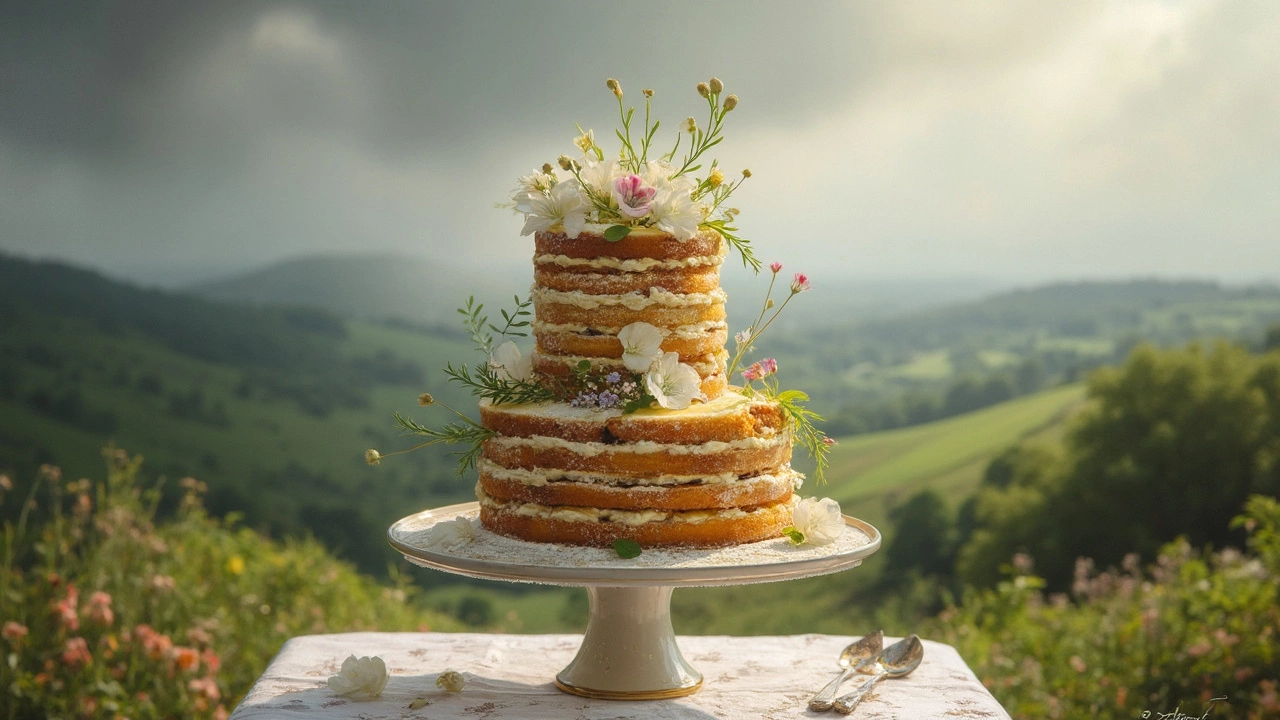
Creative Uses of Chickpeas in Cakes
Have you ever considered the creative possibilities of using chickpeas in your baking adventures? If you're looking to jazz up your gluten-free cakes, chickpeas can be a game-changer. Here are some nifty ways to incorporate them into your cakes and reap all their tasty benefits!
Chickpea Flour as a Base
Chickpea flour is a fantastic substitute for traditional wheat flour. It's dense and protein-packed, which means you can make cakes that are both filling and healthier. Just remember that it absorbs more water than regular flour, so adjust your liquid ingredients accordingly.
Adding Whole Chickpeas
You can actually use whole chickpeas as mix-ins, lending a bit of texture and nuttiness to your bakes. Try blending them into your batter for a smoother consistency that's rich in flavor. Chickpeas work particularly well in chocolate or spiced cakes.
Chickpea Puree as a Fat Replacer
If you're aiming for a lower-fat cake, consider swapping out butter or oil with chickpea puree. This not only cuts down on fat but also adds moisture and a natural sweetness to your cake.
Creating a Chickpea Protein Boost
If you're trying to sneak in some extra protein, chickpeas are your friend. Combine them with your preferred protein powder for a post-workout gluten-free treat. You'll get a delicious, cake that doubles as a protein boost.
You can even get creative with flavors by pairing chickpeas with ingredients like vanilla extract, cocoa powder, or lemon zest for a delightful twist.
Chickpeas aren't just a quirky alternative; they offer a great way to make your cakes nutritious without compromising on taste. Whether you're using them whole, as flour, or as a puree, chickpeas can bring a unique dimension to your gluten-free baking projects.
Tips for Baking with Chickpea Flour
Using chickpea flour in your baking can be a game-changer, especially when you're working on gluten-free recipes. But, as with any ingredient, there are a few tricks to make the most of it.
1. Start with Substitution
If you're just dipping your toes into using chickpea flour, try substituting a portion of your regular flour with it. A 1:1 swap isn't always best. Instead, start by replacing about 25% of the flour with chickpea flour and adjust based on how you like the final product.
2. Mind the Flavor
Chickpea flour has a distinct nutty taste. While perfect for savory dishes, in desserts, you might want to balance this with sweeteners or spices. Think vanilla or cinnamon for cakes.
3. Perfect the Texture
Chickpea flour holds moisture quite well, which is fantastic for keeping cakes tender. But, it can also make them dense if overused. To improve the texture, try adding an extra egg or a bit of baking soda.
4. Complement with Other Flours
Sometimes, chickpea flour alone might not give you the structure you need, especially in delicate cakes. Combine it with other gluten-free flours like rice or almond for the best results.
5. Don't Skip the Rest
Letting the batter rest for about 10-15 minutes before baking allows the chickpea flour to hydrate, which can help minimize any grainy texture.
6. Experiment with Recipes
Experimentation is the key to discovering what works best for you. Play around with different baking times, ingredient combinations, and sweeteners.
Baking with chickpea flour isn't all science—there's a bit of art and intuition involved. But once you get the hang of it, it's a wonderful way to make cakes that are both delicious and gluten-free.
A Simple Gluten-Free Chickpea Cake Recipe
Ready to dive into the world of baking with chickpeas? This gluten-free treat is not only tasty but also packs a nutritious punch. Chickpeas lend a moist texture and an appealing nuttiness that sets this cake apart. Whether you're gluten intolerant or just curious, this recipe's got you covered.
Ingredients You'll Need:
- 1 can (about 15 ounces) of drained and rinsed chickpeas
- 3/4 cup sugar
- 1/2 teaspoon baking powder
- 1/4 cup cocoa powder (optional, for a chocolate twist)
- 3 large eggs
- 1/4 cup vegetable oil
- 1 teaspoon vanilla extract
Instructions:
- Prep the Oven and Pan: Preheat your oven to 350°F (175°C) and grease a round cake pan.
- Blend the Chickpeas: In a food processor, blend the chickpeas until smooth. It's important they are well mashed for the right texture.
- Mixing it All Together: Add sugar, baking powder, cocoa powder (if using), eggs, oil, and vanilla to the food processor. Blend until the mixture is smooth and all ingredients are well incorporated.
- Bake: Pour your mixture into the prepared cake pan and smooth out the top with a spatula. Bake for about 30-40 minutes, or until a toothpick inserted into the center comes out clean.
- Cool and Serve: Let the cake cool in the pan for about 10 minutes before transferring it to a wire rack to cool completely. Slice and enjoy your gluten-free delight!
This cake is proof that you don't need gluten to create something scrumptiously delightful. With its rich flavor and satisfying texture, it's sure to become a staple in your recipe collection.




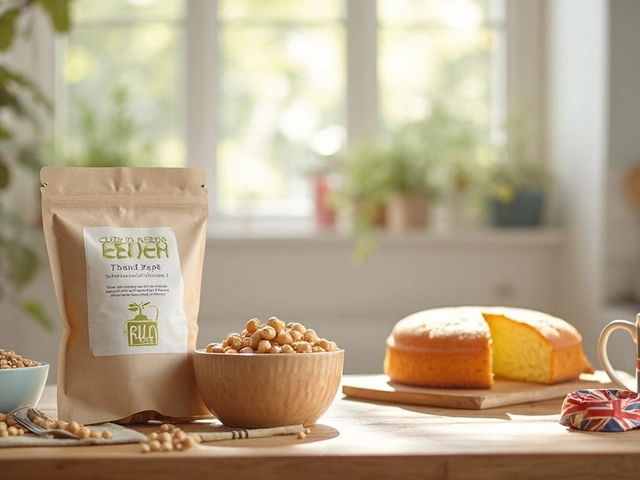
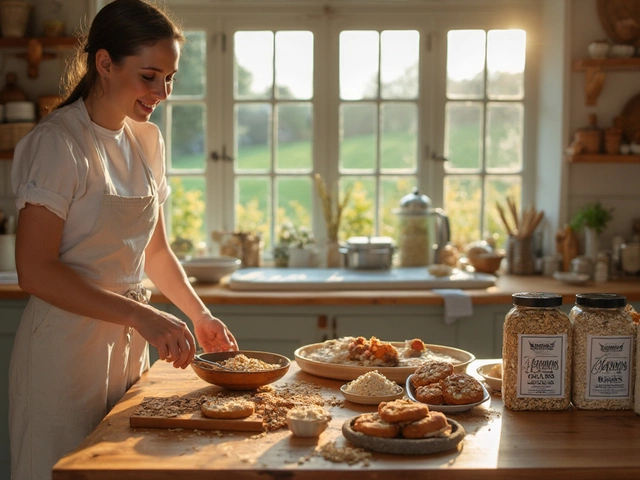
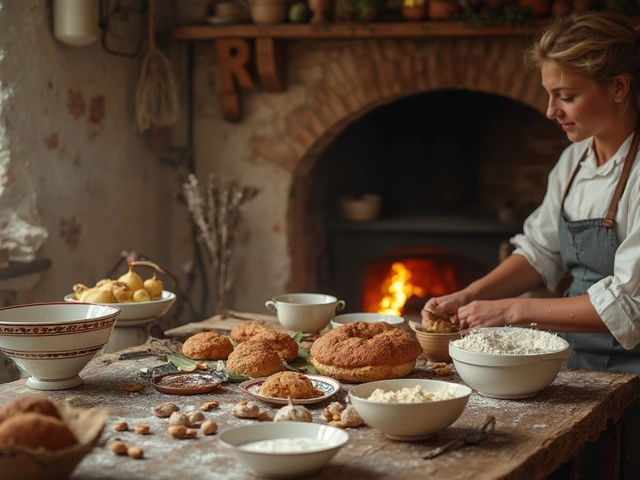
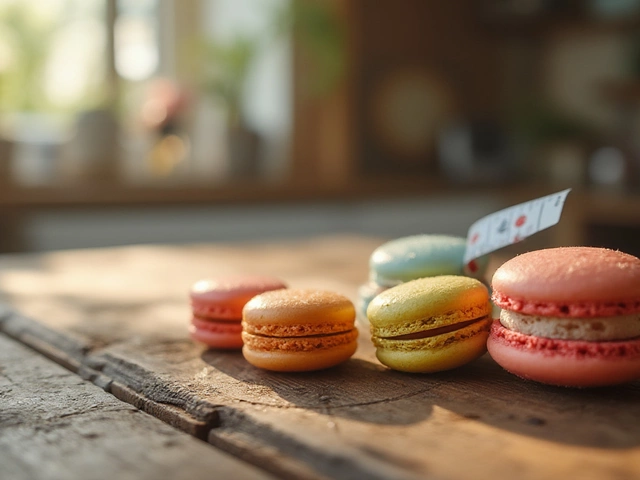
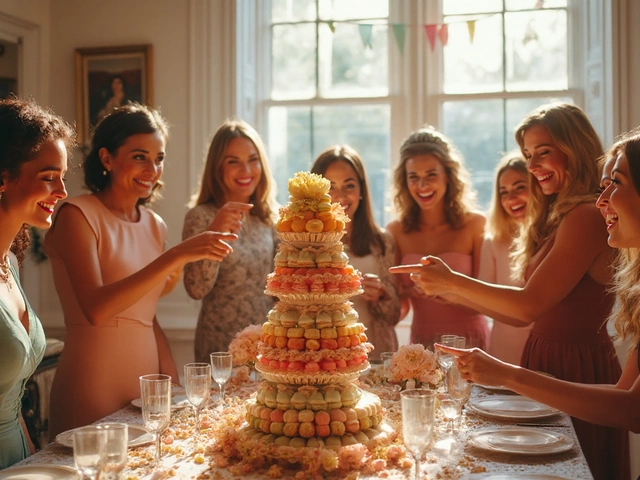
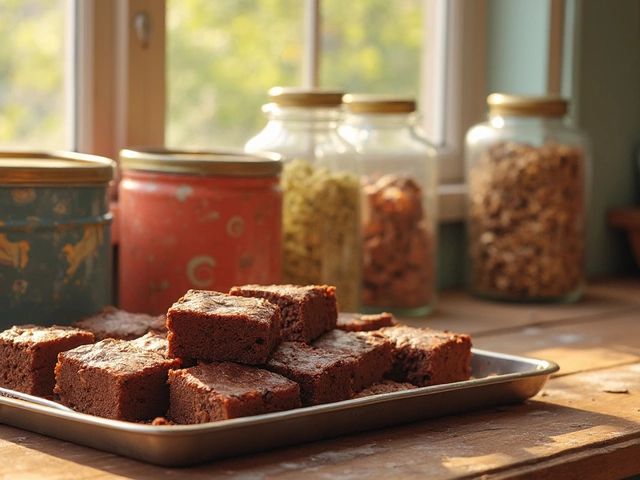
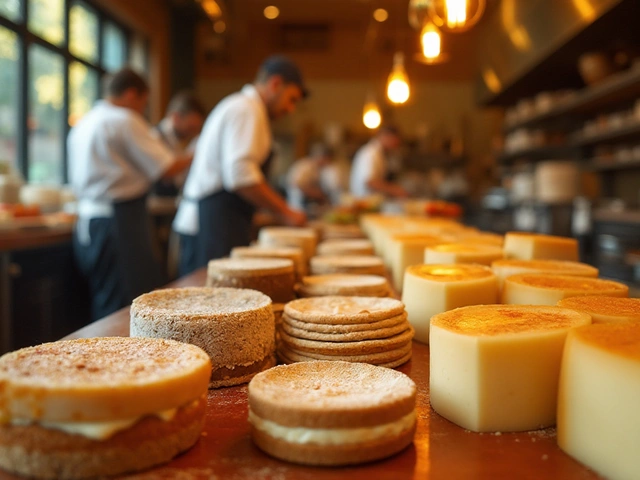
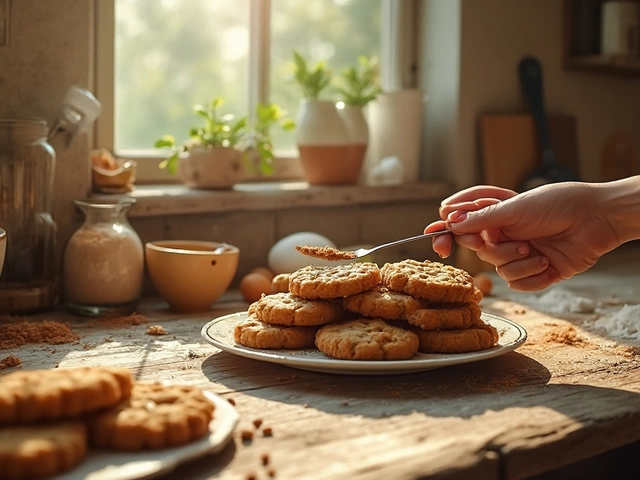
Write a comment